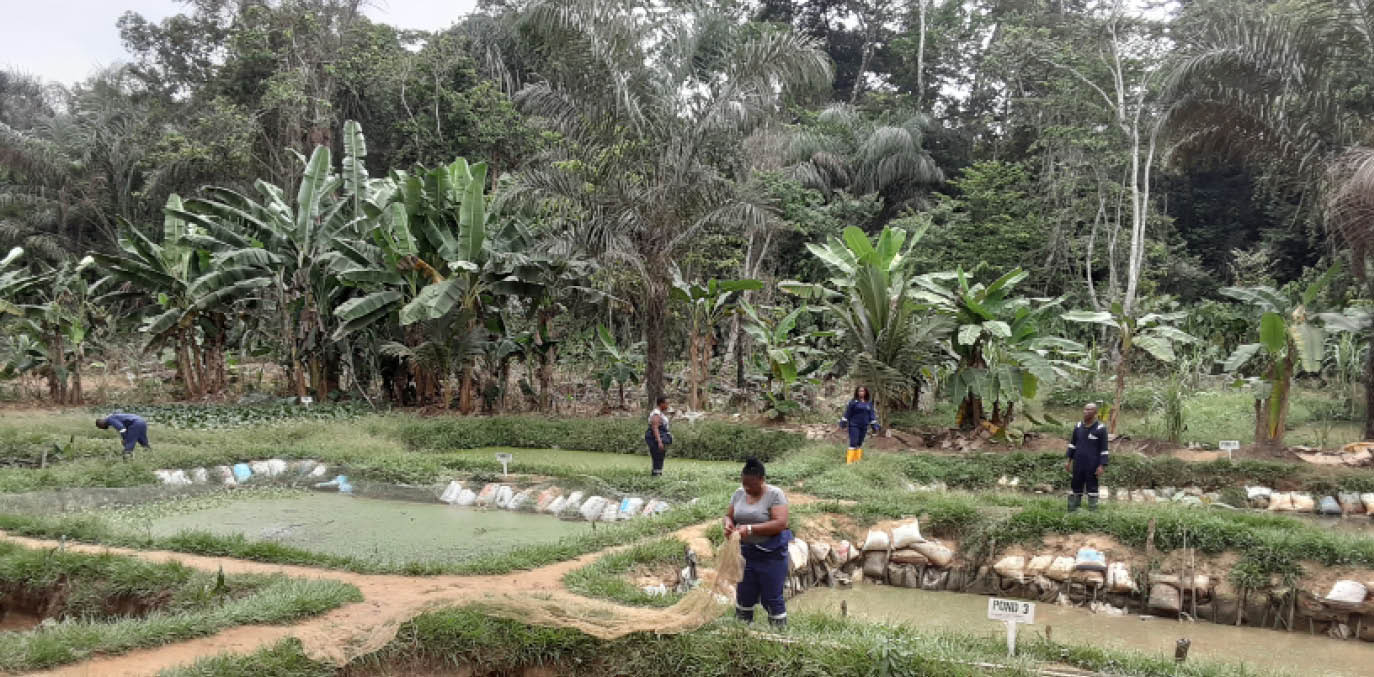Growing catfish is no longer as easy as it once was for many fish growers. Numerous changes in the sector since COVID-19 have led many farmers to stop operations and abandon the industry.
The supply chain is also drying up as more farms fail, despite the fact that the roasted fish and pepper soup industry is still very lucrative and employs a large number of women.
Much has changed for those who overcome the odds to continue in the catfish-raising business, as many smallholder farmers now take nearly six months to produce table-size fish, compared to three to four months previously.
Some farmers attribute the issue to the deteriorating quality of feed, which they blame for the escalating feed prices. They also accuse feed makers of supplying “low protein feed” to the market.
Mamu should be punished if found guilty – Gumi
Reps raise CJN’s monthly pay to N5.3m, S/Court justices N4.2m
In Cross River State, Bassey Offiong Edem has been raising catfish for some time now. The quality of the fish feed she uses now is significantly low compared to what it was years ago, according to her.
“As we speak,” Mrs Eden said, “there is so much challenge in sourcing the appropriate fish feed on a daily basis”, adding that apart from the rise in prices of fish feed, the “feed that is being sold in the market today, we realize the protein content is reduced compared to what we used to have before.”
According to the fish farmer, she has noticed “that there is a drop through the months that the catfish is supposed to grow to table size.” Before, it took catfish just three months or into the 4th month for it to be ready for the table.
“But as we speak, we are now talking of five months; at times six months, before you could have a good table-sized fish,” Bassey stated.
Meriam Okon, a catfish farmer also in Cross River State, raised the same complaints about the low protein content of fish feed now in the market.
“Feed is very much different now due to the reduction of protein in the fish feed. That is what we are facing now in the fish farming business,” she said.
The situation is further exacerbated by the rising cost of good feed, which forces many farmers into switching to low-quality feeds locally sourced without the necessary vitamins and additives to enhance good fish growth.
But Mrs Edem thinks if the farmers in clusters worked together for sustainable ways of getting quality feed; that would help.
“We can encourage ourselves to get our own fish meal, or perhaps even partner with the fish feed producers. That will be in the best interest of fish farmers so that the more we come together, we can agree on how we are going to meet up with the protein quality and quantity in the fish feed. That will ensure that the feed is in order – at least we can also be sure of three months of production and the fish will be up to a table size within the expected period,” she said.
Peter Akwashiki, who has been in the fish farming venture for the fourth year in Masaka, Nasarawa State, is planning to exit the business because feed and other associated costs can no longer be handled profitably.
He said the cost of producing 3000 fish to table size is huge, adding that in the last production effort, he recorded a loss.
“If you don’t feed them for three days, you will experience stunted growth and it will take months for them to recover from that and grow normally again. You have to feed them constantly otherwise you will get nothing after four months, and even if you get something at all, it will not be anything significant.”
Also speaking on the issue, an agricultural expert, Mr John Okpoku, said the high cost of feed has caused many farmers to ignore recommended practices and the quantity of feed needed to produce catfish in three months, which is partly to blame for the fish’s stunted growth and cannibalism (the process of catfish feeding on themselves).
In the last three years, the price of feed has affected the cost of fish in the market. A kilo of fish, a table size kilo of fish today is sold between N2,500 and N3,000 with reports indicating higher prices in some locations.
A roasted table-sized fish in Abuja now costs between N3,000 to N5,000 depending on the location with prices higher in elitist areas of the city.

 Join Daily Trust WhatsApp Community For Quick Access To News and Happenings Around You.
Join Daily Trust WhatsApp Community For Quick Access To News and Happenings Around You.